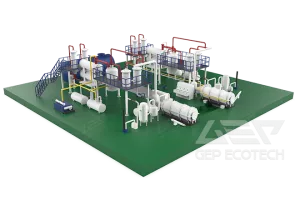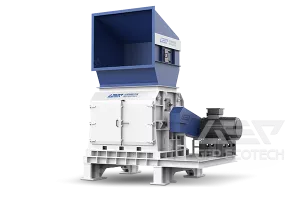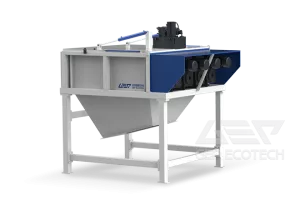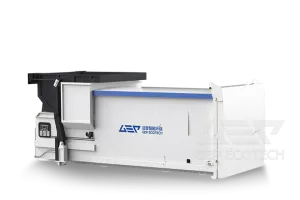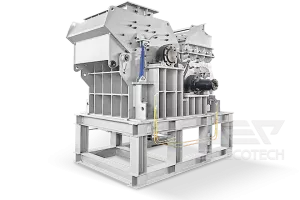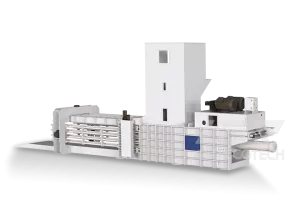In order to improve the level of harmless treatment and resource utilization of organic wastes such as garden waste, kitchen waste, agricultural and forestry waste, and strengthen the supply of practical technologies, after expert review and on-site verification, four typical technology models for the recycling of organic wastes were selected for reference. Today we will briefly introduce these four technical modes of organic waste recycling for you.
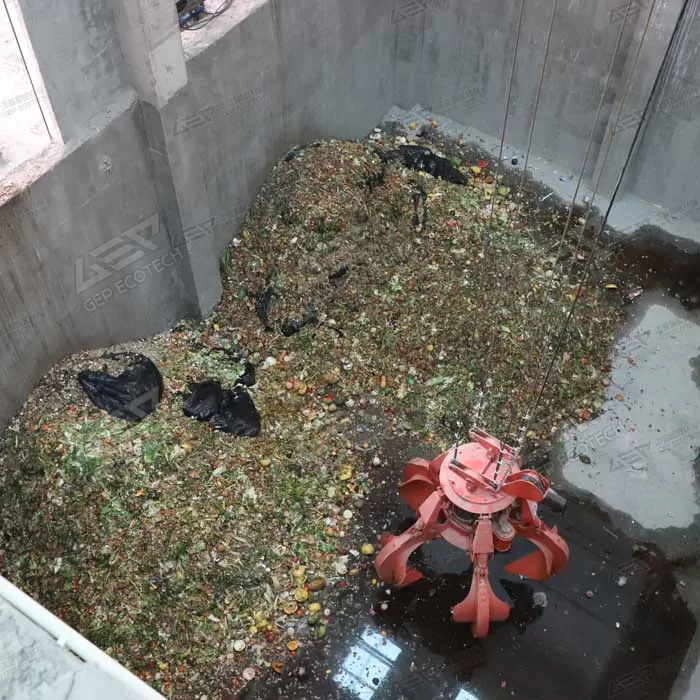
The technical mode of retting and returning to the field
Retting is the scientific return of garden waste, kitchen waste, agricultural and forestry waste and other organic wastes to the fields after static retting. The fermentation time is generally not less than 90 days. The main facilities are retting ponds or retting equipment, which should have the functions of preventing rain and seepage.
This technical mode is simple to operate, with low construction and operating costs, but the fermentation cycle is long, and odor and mosquito control measures are required.
Reactor Compost Technology Model
Reactor composting is to put garden waste, kitchen waste, agricultural and forestry waste and other organic wastes into an integrated closed reactor for aerobic fermentation. Common ones are box reactors, vertical silo reactors, horizontal drum reactors, etc.
After the raw materials are pretreated by removing impurities, crushing, mixing, etc., the moisture content is adjusted to 45%-65%, and then placed in the reactor for high-temperature composting. The time for the reactor compost fermentation temperature to reach above 55°C should be no less than 5 days to achieve the inactivation effect of pathogenic bacteria. The fermented product can be returned to the field after decomposing, and can also be used to produce organic fertilizer, cultivation substrate, etc.
This technical mode has a high level of automation, which is convenient for the collection and treatment of pollutants such as odor and leachate, but the construction cost is higher than that of simple retting.
Anaerobic fermentation co-processing technology model
Anaerobic fermentation synergistic treatment is to put garden waste, kitchen waste, agricultural and forestry waste, tail vegetables and other organic wastes into anaerobic fermentation tank for treatment after pretreatment such as crushing, impurity removal, conditioning, etc., which can generate biogas. The common ones are wet and dry anaerobic fermentation, which need to be equipped with raw material pretreatment facilities, feeding equipment, gas storage cabinets, and biogas fertilizer storage facilities. The biogas can be used as clean energy after being purified and purified, and the biogas fertilizer can be returned to the field for utilization or to produce organic fertilizer.
This technical model has a high resource utilization rate, but has high technical requirements for stable operation and safety management, and is suitable for areas with sufficient raw material supply, large demand for clean energy, and strong farmland absorption capacity.
The technical model of vermiculture to deal with organic waste
Earthworm culture treatment is to mix garden waste, kitchen waste, agricultural and forestry waste and other organic wastes in a certain proportion, after high-temperature fermentation pretreatment, and then through the abdominal digestion of earthworms to achieve high-value utilization. The vermicompost can be used to produce organic fertilizer or return to the field, and the finished worms can be used to extract the active protein of earthworms. It needs to be equipped with raw material pretreatment equipment, larvae breeding facilities, breeding grounds, etc.
This technical model has high resource utilization rate and good economic benefits, but it needs supporting land for earthworm breeding, and takes pollutant prevention and control measures, and has high requirements on breeding technology, management level, and climatic conditions. In addition, some places are also exploring the treatment of rural organic waste by breeding black soldier flies and cockroaches.
In addition to the above four modes, some places are also actively exploring new technologies and new modes. In the process of promoting the resource utilization of organic waste, the premise of harmless treatment and safe utilization should be taken as the premise to realize green, low-carbon and circular development.
From the above typical technical models of organic waste recycling, we can also see that composting, anaerobic fermentation synergistic processing, and vermiculture processing organic waste treatment technologies all require a crushing link to achieve better disposal results. We have a variety of types of organic waste shredders that can efficiently crush garden waste, kitchen waste and other organic waste. If you need it, come and contact us!


